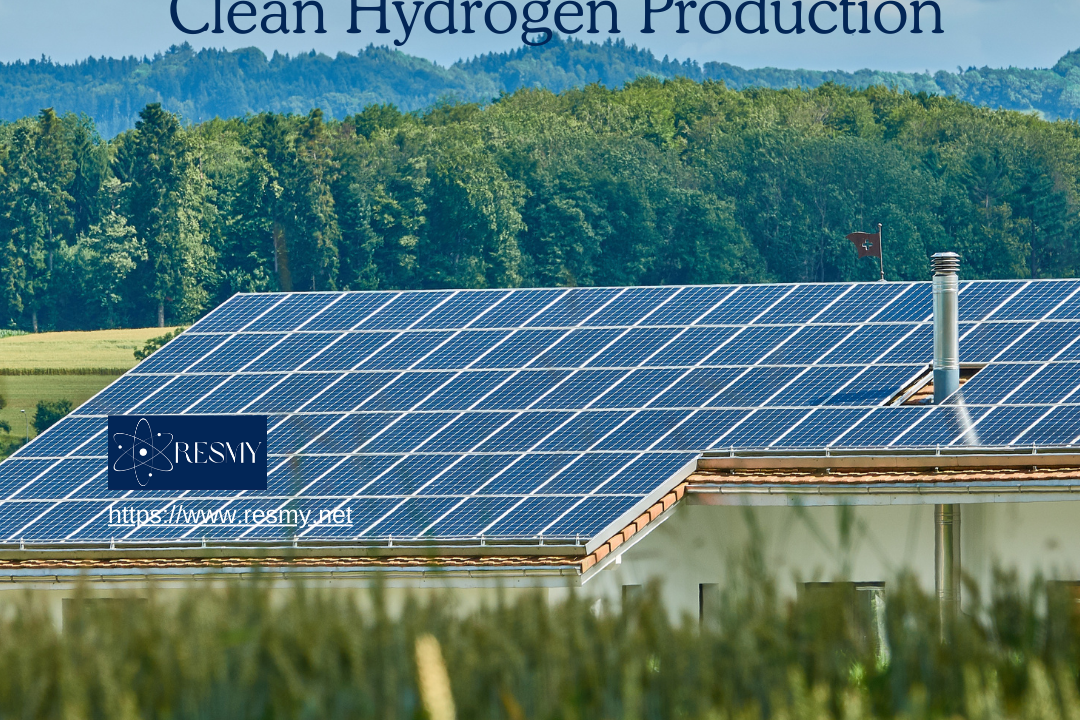Solar energy has emerged as a promising solution for a sustainable future, but capturing and storing its power remains a challenge. Researchers are now exploring a novel approach: a hybrid system that can generate clean hydrogen fuel by utilizing the entire spectrum of sunlight.
The Challenge of Solar Hydrogen Production
Currently, two main methods exist for solar hydrogen production:
- Photovoltaic-electrolytic: This method uses solar panels to convert sunlight into electricity, which then powers electrolysis to split water into hydrogen. However, it primarily utilizes only the shorter wavelengths of sunlight, wasting a significant portion of the solar spectrum.
- Solar thermochemical methane reforming: This method uses concentrated sunlight to convert methane (natural gas) into hydrogen. While it utilizes more of the solar spectrum, it relies on fossil fuels and generates carbon dioxide emissions.
A Hybrid Solution
This new study proposes a hybrid system that combines both methods, simultaneously producing “green” hydrogen (from electrolysis) and “gray” hydrogen (from methane reforming). This system effectively utilizes the entire solar spectrum, minimizing reliance on fossil fuels and reducing carbon emissions.
The Efficiency Advantage
Thermodynamic analysis reveals the system’s impressive efficiency:
- Energy Efficiency: 47.43% – This metric measures the usable energy output compared to the total energy input (solar and methane).
- Exergy Efficiency: 41.93% – This metric focuses on the usable, high-quality energy output compared to the total energy input.
- Solar-to-Hydrogen Efficiency: 25.61% – This metric specifically measures the amount of hydrogen produced compared to the solar energy input.
Understanding the Energy Mix
The study highlights an interesting observation: while solar energy accounts for a larger portion of the total energy input (85.26% – 63.44%), its direct contribution to hydrogen production is lower (64.94% – 33.71%). This difference can be attributed to the role of methane in the reforming process.
Reducing Carbon Footprint
Despite the lower direct contribution of solar energy to hydrogen production, the system significantly reduces reliance on fossil fuels and minimizes carbon dioxide emissions. The study estimates an average carbon dioxide reduction rate of 16.84 – 13.80 kg/kgH2 (kilograms of CO2 reduction per kilogram of hydrogen produced).
A Step Towards Clean Energy
This hybrid system offers a compelling approach to solar energy storage and clean hydrogen production. By utilizing the full spectrum of solar energy and minimizing carbon emissions, this technology paves the way for a cleaner and more sustainable energy future.
Future Considerations
While the study presents promising results, further research is needed to explore the system’s scalability and cost-effectiveness for real-world applications. Nonetheless, this hybrid approach marks a significant advancement in solar hydrogen production, offering a glimpse into a future powered by clean and abundant solar energy.
Reference: here
Other Topics: Medicine and Health Science, Natural Science, Agricultural Science, Engineering & Technology, Social Sciences & Humanities

